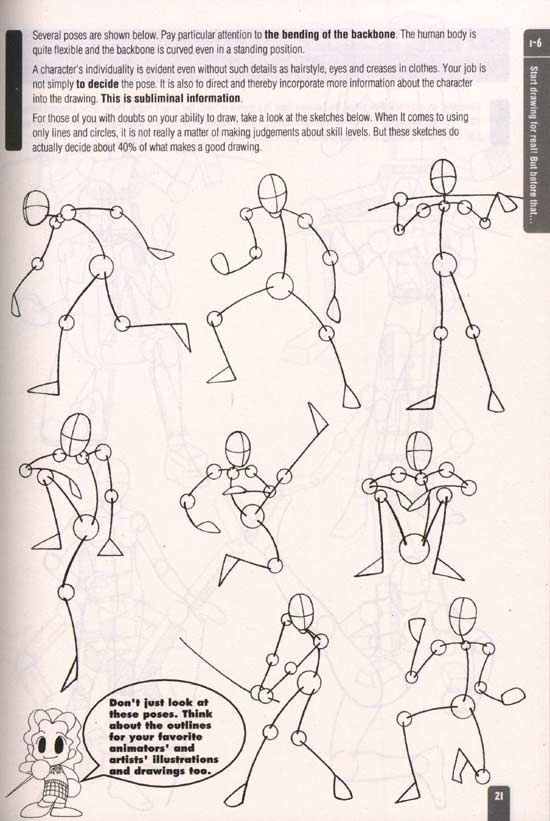

This chapter will introduce the basics of the GridLayout class before exploring the creation of a GridLayout-based user interface using Android Studio Designer. Perhaps the easiest approach, however, is to make use of some GridLayout specific features built into the Android Studio Designer tool.

There are a number of ways to implement the GridLayout within the user interface of an Android application, including through the use of layout resources and Java code. As the name suggests, this class allows child views to be arranged in a grid layout. Purchase the fully updated Android Studio Dolphin Edition of this publication in eBook ($29.99) or Print ($49.99) formatĪndroid Studio Dolphin Essentials - Java Edition Print and eBook (PDF) editions contain 87 chapters and over 800 pagesĪ useful layout manager that was introduced as part of the Android 4.0 SDK is the GridLayout manager class.

You are currently reading the Android Studio 1.x - Android 5 Edition of this book.


 0 kommentar(er)
0 kommentar(er)
